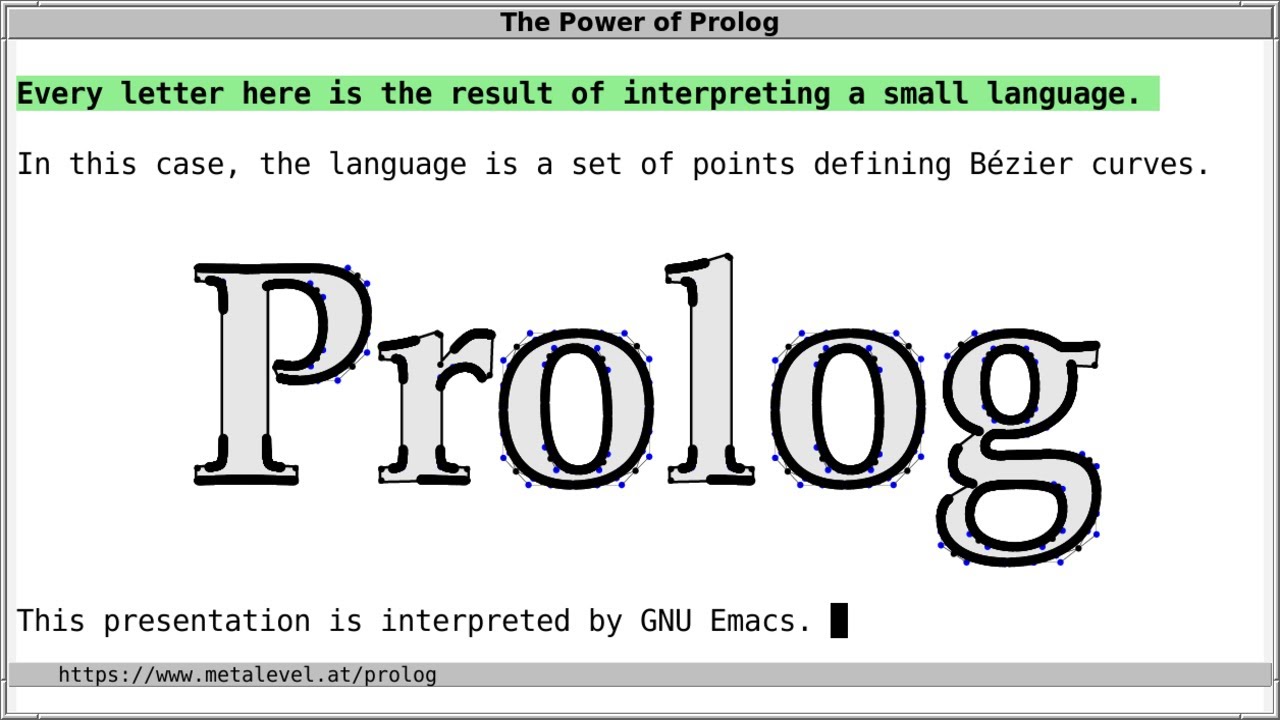We all have the luxury of looking at mortality data/studies - presumably, creating methods and techniques for its analyses etc. But at some point, we all deep down know that we shall have to contribute to that statistic - no solution to this, yet, and that unfortunately will mean that all our (important) work will have to stop, especially if your the main or sole driver of the work.
However, whether our mortality means that our works (projects, books, whatever we do) has to stop is something we can have control over, conditional on our being alive and actively working towards seeing to it.
This topic is inspired unfortunately, by the demise of one the young shining star PI in my institution, who was running great projects, but unfortunately became a victim of Covid-19. Lots of discussions are going on to see how to continue her amazing projects but since the projects had a high staff turn over, not many know how the projects and the logic behind them were and thus can run them as she did. Essentially, no protégés were left behind.
Now, for people like me who are yet to make any mark in the world of science, my loss means nothing, but for many of you - and you know yourselves, you have made and are still making great contributions to science in terms of method development, books, packages/functions, research etc, of which many other researchers depend on.
But, have you given a thought on what happens when (not if) you leave? Do you have a protégé you are mentoring to keep the work going and make it sustainable after you leave or is it all conditional on your presence?
As scientists/researchers, and people who care about advancing our human knowledge, this unfortunately should also be part of the questions we should be asking ourselves and actively addressing, just like we write our last will for the sake of our children - Do you have protégé to take over your work?
